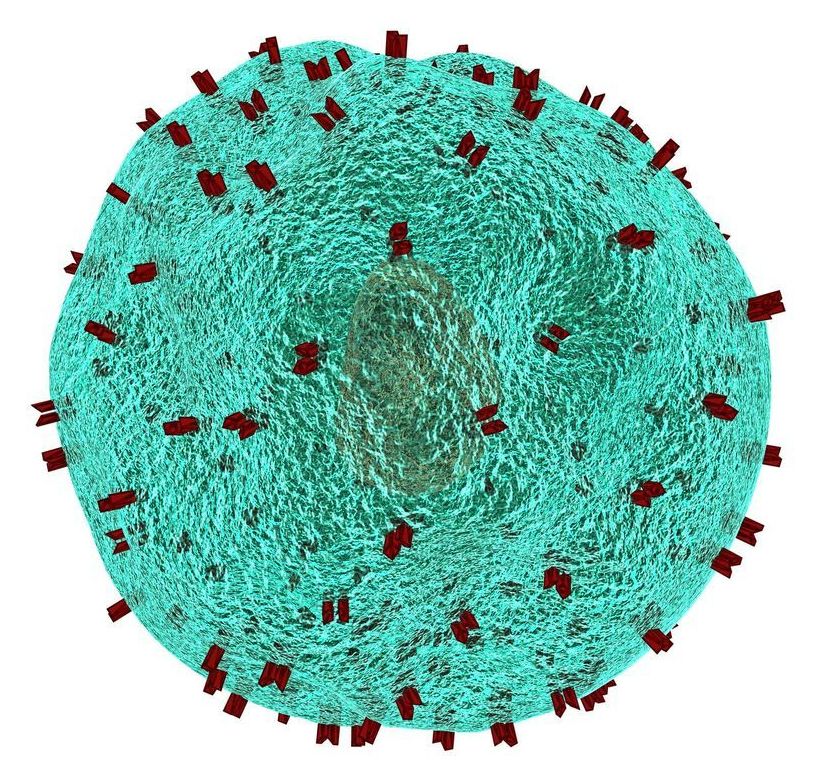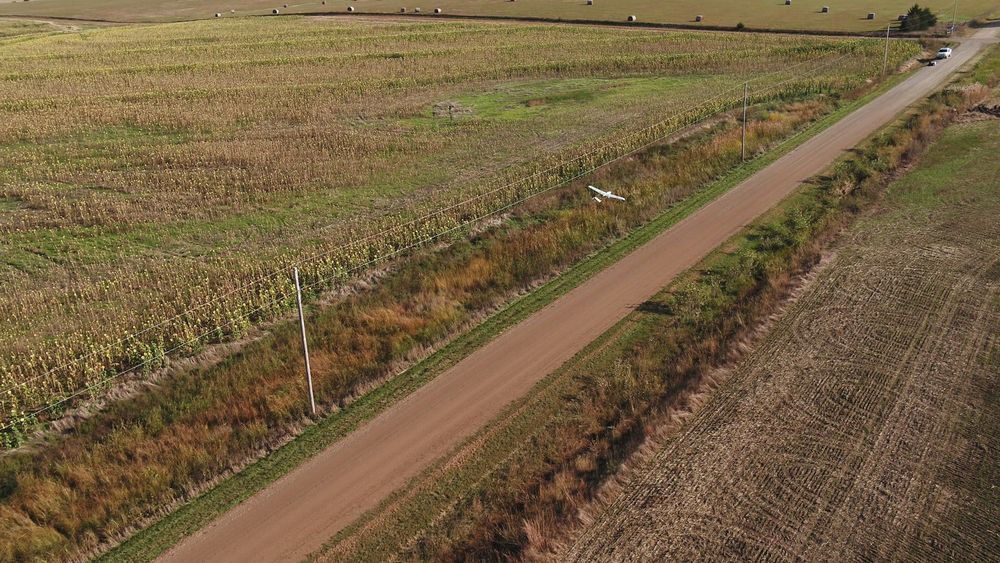Are you excited about super-fast 5G internet?
Get the latest international news and world events from around the world.

Should Free Internet Be a Basic Human Right? There’s a Strong Case For It
You might take it for granted that you can load up Twitter or browse through Reddit whenever you like, but around half of the 7.7 billion people living on the planet right now aren’t yet able to get online.
And that’s a big problem, according to one researcher. Merten Reglitz, a philosopher and global ethics lecturer from the University of Birmingham in the UK says internet access should be established as a basic human right that everyone is entitled to.
“Internet access is a unique and non-substitutable way for realising fundamental human rights such as free speech and assembly,” he writes in a new paper.

This futuristic grocery store uses AI to notify employees when items run out
Walmart has transformed an ordinary grocery store into a 50,000-square-foot AI lab that tests new retail technologies in a real-world setting. The Intelligent Retail Lab is located in Levittown, New York, and is equipped with AI-powered sensors that keep track of the inventory and the freshness of the produce.


Could cytotoxic T-cells be a key to longevity?
Scientists from the RIKEN Center for Integrative Medical Science (IMS) and Keio University School of Medicine in Japan have used single-cell RNA analysis to find that supercentenarians—meaning people over the age of 110—have an excess of a type of immune cell called cytotoxic CD4 T-cells.
Supercentenarians are a unique group of people. First, they are extremely rare. For example, in Japan in 2015 there were more than 61,000 people over the age of 100, but just 146 over the age of 110. And studies have found that these individuals were relatively immune to illnesses such as infections and cancer during their whole lifetimes. This led to the idea that it might be that they have a particularly strong immune system, and the researchers set out to find out what might explain this.
To answer the question, they looked at circulating immune cells from a group of supercentenarians and younger controls. They acquired a total of 41,208 cells from seven supercentenarians (an average of 5,887 per subject) and 19,994 cells for controls (an average of 3,999 per subject) from five controls aged in their fifties to eighties. They found that while the number of B-cells was lower in the supercentenarians, the number of T-cells was approximately the same, and in particular, the number of one subset of T-cells was increased in the supercentenarians. Analyzing these cells, the authors found that the supercentenarians had a very high level of cells that are cytotoxic, meaning that they can kill other cells, sometimes amounting to 80 percent of all T-cells, compared to just 10 or 20 percent in the controls.

The High-Tech Vertical Farmer
In the kale-filled facility at vertical farm startup Bowery Farming, it’s a piece of proprietary software that makes most of the critical decisions — like when to harvest and how much to water each plant. But it still takes humans to carry out many tasks around the farm. Katie Morich, 25, loves the work. But as roboticists make gains, will her employer need her forever? This is the fourth episode of Next Jobs, a series about careers of the future hosted by Bloomberg Technology’s Aki Ito.
Host, Producer: Aki Ito
Camera: Alan Jeffries, Brian Schildhorn
Co-Producer: David Nicholson
Editor: Victoria Daniell
Writers: Aki Ito and Victoria Daniell.

